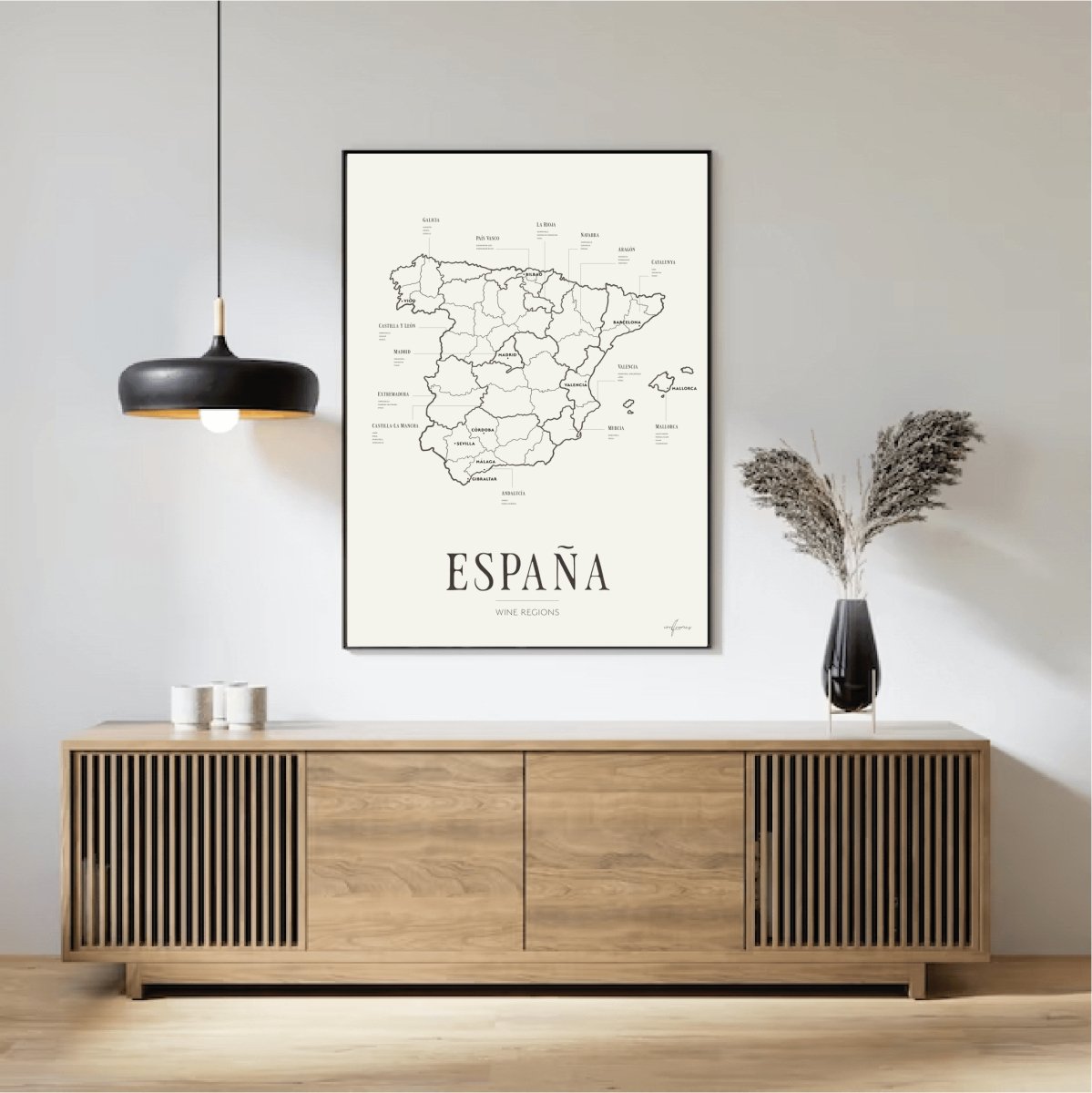In the depths of the Nordic winter, when daylight is scarce and the nights are long, a figure dressed in white with a glowing crown of candles brings warmth, music, and hope. Her name is Lucia — and in Sweden, December 13th marks one of the year’s most beloved traditions.
But the celebration of Saint Lucia has also spread far beyond Sweden’s borders, finding new meaning in communities across the world. Here's a closer look at how Lucia is honored in different countries and cultures.
Sweden – The Heart of the Tradition
In Sweden, Lucia Day is a deeply cherished celebration. On the morning of December 13th, schools, churches, workplaces, and even homes are filled with the sound of traditional Lucia songs. The Lucia procession features children and youth dressed in white gowns, red sashes, and glittering tinsel. At the center walks Lucia herself, wearing a crown of real candles, followed by her attendants: maidens, star boys, gingerbread figures, and even Santas.
Though the tradition has Christian roots, linked to the Sicilian martyr Saint Lucia, the Swedish version is a blend of religious symbolism, folklore, and seasonal ritual. It has become a unique cultural tradition — a celebration of light in the darkest time of the year.
Finland – A Swedish-Speaking Celebration
In Finland, the Lucia tradition is strongest among the Swedish-speaking population. Each year, a national Lucia is crowned in Helsinki, often chosen by public vote. This event is widely covered by Finnish media, and the crowned Lucia visits hospitals, charities, and communities across the country. Like in Sweden, Lucia symbolizes light, compassion, and hope during the cold winter months.
Norway and Denmark – Growing in Popularity
While not historically rooted in Norwegian or Danish tradition, Lucia celebrations have grown in popularity over the past few decades, especially in schools and kindergartens. Children often dress in white and perform Lucia songs — sometimes in Swedish, sometimes translated. Though the tradition is less ingrained than in Sweden, it’s embraced for its beauty, calm, and festive atmosphere.
United States – A Touch of Sweden in American Towns
In the U.S., Lucia lives on especially in areas with strong Swedish-American heritage, such as Minnesota, Illinois, and parts of New England. Lucia processions are held in churches, schools, and cultural centers, often accompanied by traditional foods like saffron buns and glögg.
In Lindsborg, Kansas — known as “Little Sweden” — Lucia is celebrated with full festivals featuring folk costumes, dances, and Swedish songs. For many Swedish-Americans, the Lucia celebration is a powerful way to stay connected to their cultural roots.
Italy – Honoring the Original Saint
Saint Lucia was a Christian martyr from Syracuse, Sicily, and is still honored in Italy — though in very different ways than in the Nordics. Instead of candlelit processions, Italians celebrate with religious services, parades, and special ceremonies. In Syracuse, Lucia’s relics are paraded through the streets in a large, solemn event. While the theme of light remains central, the Italian version is more overtly religious, without the Scandinavian-style Lucia dress or songs.
Other Countries – A Global Tradition
Thanks to Swedish communities and cultural outreach, Lucia is also celebrated in countries like Germany, Canada, Australia, and the UK. These events are often organized by Swedish churches, embassies, or schools, and typically feature the traditional white gowns, candlelight, and music — offering a piece of home for Swedes living abroad.
A Living Tradition That Continues to Evolve
Wherever she appears, Lucia brings the same message: light in the darkness, kindness in winter, and a sense of community. That she has found a home in so many parts of the world speaks to a universal longing for warmth, beauty, and meaning at the end of the year.
In churches, schools, and public squares across the globe, Lucia continues to shine — a quiet symbol of hope that crosses borders, languages, and cultures.



























